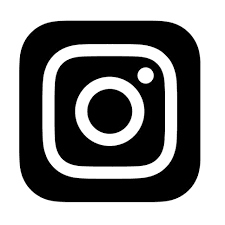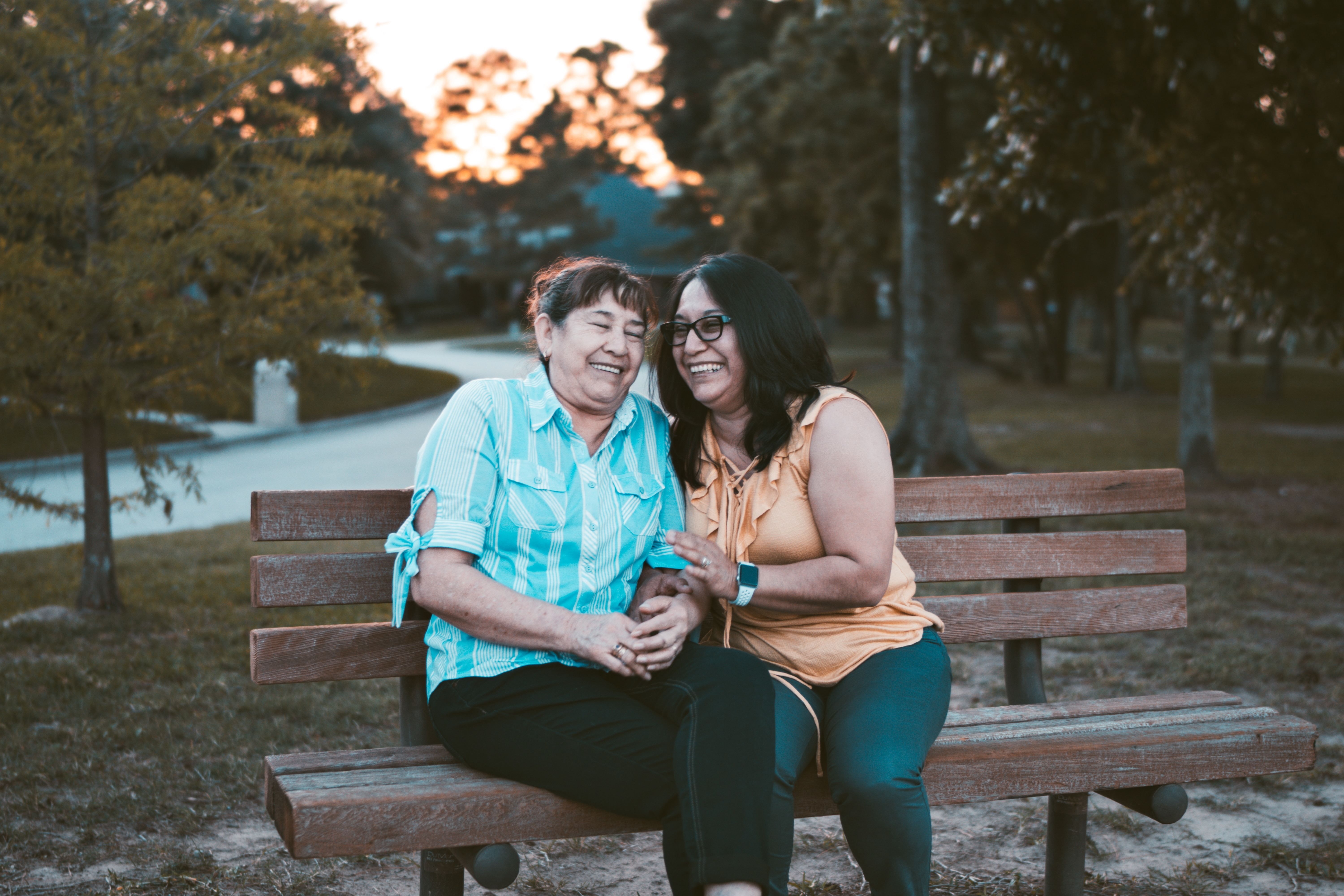According to acupuncture theory, there is a network of channels running through the body, conducting ‘Qi’, which can loosely be translated as ‘life force’. Modern research using PET scanners has shown that the Qi system is actually a network of subatomic particles (hydrogen protons to be precise). Using a brain scanner, we can observe that when needles are inserted in key acupuncture points, certain areas of the brain become active. For example, when a needle is inserted in a point in the little toe which is used to treat eye problems, the visual cortex (the part of the brain associated with sight) becomes active. When a needle is inserted into a point on the hand used to treat pain, certain pain control centres in the brain become active.
The amount of fluid your system produces will directly impact the strength of your Qi, the vital force of energy. When the body experiences a severe dryness, that means the system has been depleted of Qi—therefore reducing the production of fluids and constantly increasing the heat, which ends up drying the little fluid left. This common pattern can result in very uncomfortable and debilitating symptoms.
Acupuncture is thought to help the brain move from ‘fight or flight’ state (sympathetic dominance) to ‘relaxed’ state (parasympathetic dominance). When one is in ‘relaxed’ mode the production of saliva tends to increase.
In recent years, there are an increasing number of randomized controlled trials of traditional Chinese medicine (TCM) for Sjögren’s. TCM, which is based on more than 2000 years of accumulated knowledge and practice, is becoming increasingly popular outside of China. The TCM approach, in relation to both diagnosis and treatment, fundamentally differs from western methods, and its effectiveness is difficult to validate under modern scientific methods.
As always, it is a tailored treatment unique to the individual and not a ‘one size fits all’ approach. Sjögren’s disease effects everyone differently, and there may be a number of other signs and symptoms that accompany the dry eyes and mouth. All of these will be considered when formulating a treatment plan.
A number of studies have demonstrated the effectiveness of Chinese medicine for Sjögren’s:
Li et al (Tianjin Journal of Traditional Chinese Medicine, 2017,34(01):26-31) found that acupuncture combined with herbal medicine outperforms an immunomodulatory drug for the treatment of Sjögren’s. The Chinese Medicine group produced significant improvements on blood test scores as well as measures of tear and saliva production.
The researchers concluded that “Combining acupuncture with TCM herbs shows greater therapeutic effects in improving disease activity scores and objective indicators of Sjögren’s. It is safe and effective for the treatment of Sjögren’s”.
Another study, published in Ophthalmology Times (October, 2014), found that acupuncture “significantly improved patients’ subjective assessment of dry eye symptoms, was associated with significant reduction in use of artificial tears at six months, and its benefits lasted for 9-12 months.”
A team in the United States Navy have been investigating how acupuncture can be used to treat the problem of dry mouth, or “xerostomia”. The team found that acupuncture led 80% of patients with dry mouths to report a marked increase in salivation. In many of the patients, the lack of salivation had been caused by radiation damage to the salivary gland, following radiotherapy for head and neck cancer. In some of the patients the dry mouth had been caused by Sjögren’s.
Finally, a study by Hu et al (Chin Med J (Engl). 2014;127(15):2721-6) looked at herbal treatment of Sjögren’s in a randomized, double-blind, placebo-controlled clinical trial in 240 patients. Six-week treatment with Chinese herbal medicine improved the symptoms of dry mouth, dry eyes, and low tear flow rate with minimal adverse events. In summary, there is mounting evidence that acupuncture is an effective treatment for both dry mouth and dry eyes.
It is always recommended that you check with your primary health care provider before starting any new treatments.
*compiled from articles from www.bssa.uk.net, www.neuroacupunture.ca & www.neilkingham.com


